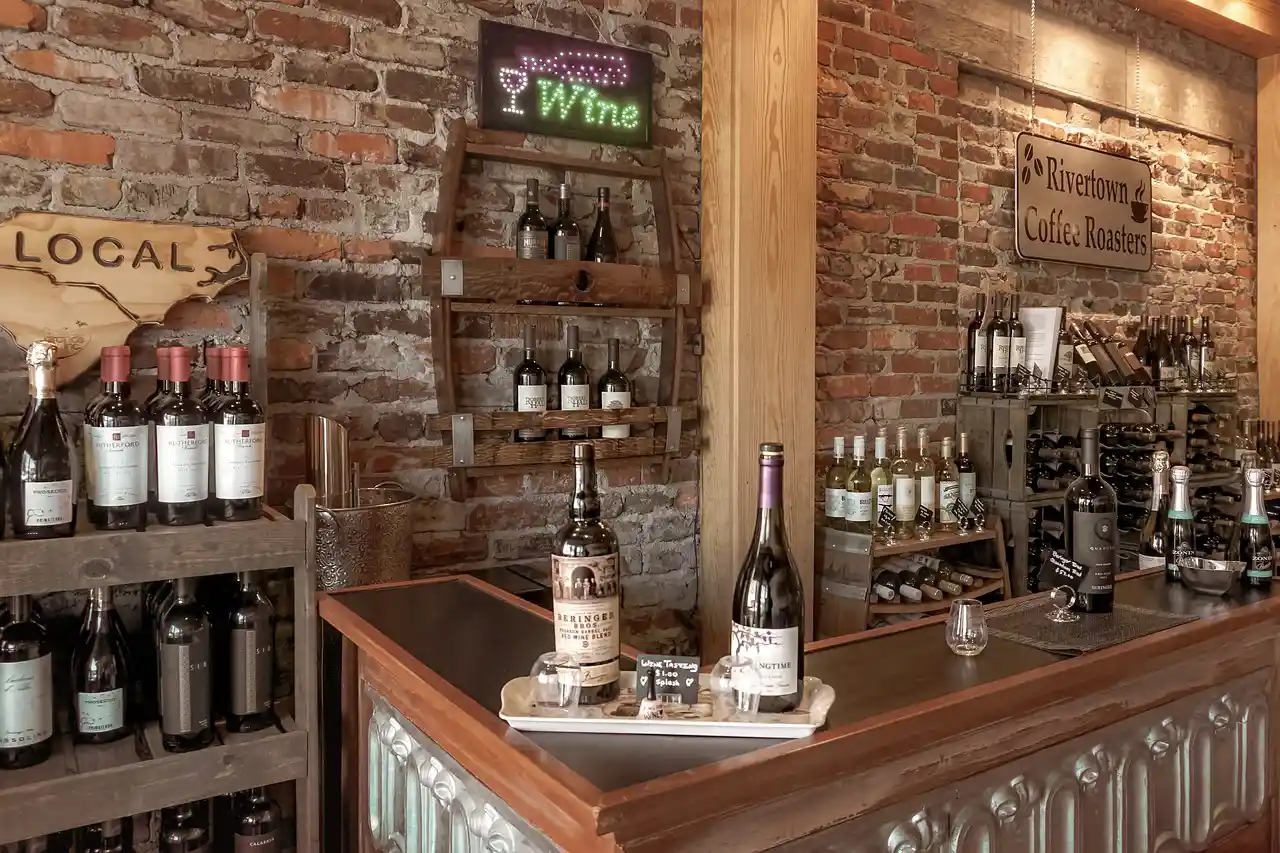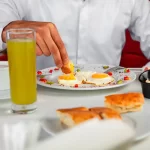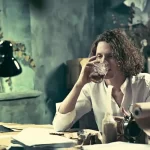Wine tasting is an art that takes years to master. Whether you’re a casual wine drinker or a connoisseur, there are ways to make the most out of your wine tasting experience. In this article, we’ll explore the fundamentals of wine tasting and the techniques that experts use to evaluate wine. By the end of this article, you’ll have a deeper appreciation for the complexities of wine and the skills needed to taste it like a pro.
The Basics of Wine Tasting
Wine tasting has four main components: appearance, aroma, taste, and finish. Each component contributes to the overall quality of the wine.
Appearance
The appearance of the wine refers to its color, clarity, and viscosity. To evaluate the color, hold the wine glass up to a white background and examine its hue. A red wine should be deep, rich, and vibrant, while a white wine should be light and clear. The clarity of the wine is essential, as it indicates the wine’s filtration process. Lastly, viscosity refers to the wine’s texture, with a thicker texture indicating a higher alcohol content.
Aroma
The aroma of the wine, also known as the bouquet, is a crucial factor in evaluating its quality. Swirl the wine in the glass to release its aromas, and then take a quick sniff to capture its scents. The aroma should be pleasant and distinct, with no off-putting odors.
Taste
The taste of the wine is perhaps the most crucial component of wine tasting. Take a small sip and let it roll around your mouth to fully taste it. Pay attention to the wine’s sweetness, acidity, tannins, and body. The ideal wine has a balanced combination of these elements.
Finish
The finish refers to the sensation you experience after swallowing the wine. A good wine has a long and pleasant finish, while a poor wine has a short and unpleasant finish.
The Importance of Glassware
Choosing the right glassware is essential to get the most out of your wine tasting experience. A wine glass should have a wide bowl, narrow opening, and thin rim. This design helps to aerate the wine and concentrate its aromas, providing a better overall tasting experience.
Temperature and Serving
The temperature at which wine is served can significantly impact its taste. Red wines should be served at room temperature, while white wines should be chilled. Additionally, the amount of wine in the glass should be no more than a third full to allow for adequate swirling and sniffing.
Evaluating Wine Quality
When tasting wine, it’s essential to evaluate its quality. Wine quality is determined by its balance, complexity, length, and finish.
Balance
A balanced wine has the right combination of sweetness, acidity, and tannins. A wine that’s too sweet or too acidic can be overwhelming and unpleasant to drink.
Complexity
A wine with complexity has several layers of flavors and aromas that develop over time. It’s a sign of a high-quality wine that’s been well-aged and properly crafted.
Length
The length of a wine refers to the time its flavors and aromas linger in your mouth after you’ve swallowed it. A wine with a long finish indicates a high-quality wine that’s been aged correctly.
Finish
The finish is the sensation you experience after you’ve swallowed the wine. A good wine has a long, smooth finish, while a poor wine has a short, harsh finish.
Tasting Techniques
To taste wine like a pro, it’s essential to use proper tasting techniques. Here are some of the essential techniques to master:
The Four S’s
The four S’s of wine tasting are See, Swirl, Sniff, and Sip.
- See – examine the wine’s color and clarity.
- Swirl – swirl the wine in the glass to release its aromas.
- Sniff – take a quick sniff to capture its scents.
- Sip – take a small sip and let it roll around your mouth to fully taste it.
The Spit Bucket
A spit bucket is an essential tool for wine tasting. It allows you to taste several wines without getting too drunk.
The Palate Cleanser
A palate cleanser, such as crackers or bread, can help refresh your taste buds between sips of wine.
The Wine Journal
Keeping a wine journal can help you remember the wines you’ve tasted and their specific characteristics.
Food Pairings
Pairing wine with food is a crucial part of the wine tasting experience. Here are some general guidelines for pairing wine with food:
Red Wine
Red wine pairs well with rich, hearty dishes like steak or roasted vegetables.
White Wine
White wine pairs well with lighter dishes like seafood, poultry, or salads.
Dessert Wine
Dessert wine pairs well with desserts like chocolate or fruit-based desserts.
Common Wine Tasting Mistakes
Here are some common wine tasting mistakes to avoid:
Drinking Too Quickly
Drinking too quickly can ruin your wine tasting experience, as it doesn’t give you enough time to fully evaluate the wine’s characteristics.
Using Strong Perfumes or Flavors
Strong perfumes or flavors can interfere with your ability to smell and taste the wine properly.
Not Swirling the Wine
Swirling the wine helps to release its aromas, so skipping this step can result in a less enjoyable wine tasting experience.
Focusing on the Price
Focusing on the price of the wine rather than its quality can lead to disappointment, as high-priced wines aren’t always the best tasting.
The Benefits of Wine Tasting
Wine tasting is a fun and enjoyable experience that can provide several benefits, including:
Expanding Your Palate
Wine tasting allows you to try different varieties of wine and expand your palate.
Learning About Wine Varieties
Wine tasting provides an opportunity to learn about different wine varieties and their unique characteristics.
Socializing with Other Wine Enthusiasts
Wine tasting events are a great way to socialize with other wine enthusiasts and share your passion for wine.
In conclusion, wine tasting is an art that requires practice and patience. By following the techniques and guidelines outlined in this article, you can taste wine like a pro and appreciate the complexities of this delicious beverage. Remember to choose the right glassware, serve the wine at the correct temperature, and use the proper tasting techniques. And most importantly, have fun and enjoy the experience!
FAQs
- Can I still enjoy wine if I’m not a wine expert?
Absolutely! Wine tasting is for everyone, whether you’re a beginner or an expert. It’s all about exploring new flavors and finding what you enjoy.
- How do I know which wine to choose?
When in doubt, ask a sommelier or a wine expert for recommendations. They can help you choose a wine that fits your taste preferences and budget.
- How should I store my wine?
Wine should be stored in a cool, dark place away from direct sunlight and heat. A wine cellar or a wine refrigerator is ideal, but a closet or a cupboard can also work.
- Do I have to spit out the wine?
Spitting out the wine is recommended when you’re tasting several wines in a row, as it allows you to evaluate the wine without getting too drunk. However, if you’re just having a glass of wine with dinner, there’s no need to spit it out.
- Can I pair wine with spicy food?
Yes, wine can be paired with spicy food, but it’s essential to choose the right wine. Sweeter wines like Riesling or Gewürztraminer can balance out the spiciness of the food.



